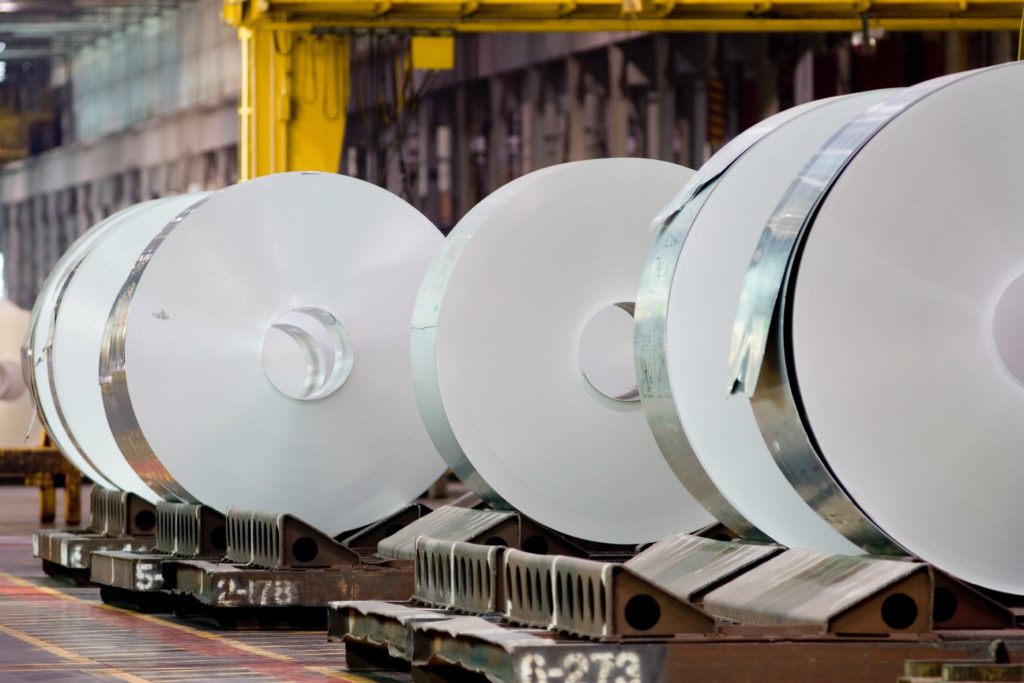
Alcoa Corp. reported better-than-anticipated earnings that highlighted how the top US aluminum producer is weathering a recent downturn in sentiment for the lightweight industrial metal.
The company posted $913 million in adjusted earnings before interest, taxes, depreciation and amortization in the second quarter, beating the $908.7 million average estimate of nine analysts compiled by Bloomberg. The Pittsburgh-based producer also announced an additional $500 million share buyback, sending shares up as much as 7.4% in after-hours trading.
“We have returned more than $380 million so far this year to our investors, and today we announced an additional $500 million authorization for future stock repurchases,” Chief Executive Roy Harvey said in a statement. “As we progress into the remainder of this volatile year, we remain focused on our strategic priorities.”
While adjusted earnings excluding items came in above analysts expectations, Alcoa said the amount decreased from the prior quarter due to declining aluminum prices and higher costs for energy, raw materials and production. In June, US competitor Century Aluminum Co. announced it would shutter the second-largest mill in America because they couldn’t afford the electricity tab that tripled in months.
Aluminum prices are down about 13% this year as concerns about demand prospects mount due to Covid-19 lockdowns in China, the world’s biggest producer, along with surging power costs in Europe and rising inflation around the world. Alcoa shares have been volatile, surging in February and March as consumers effectively cut out supply from Russia, before dropping on concerns of a global economic slowdown.
Alcoa said earlier this month that it would curtail one of three smelting lines at its Indiana facility due to a shortage of workers. The producer said Wednesday it anticipates a negative impact of $20 million to third-quarter net income from the curtailment.
Aluminum shipments will be between 2.5 million and 2.6 million metric tons, Alcoa said, unchanged from its prior forecast.
(By Joe Deaux)
Comments